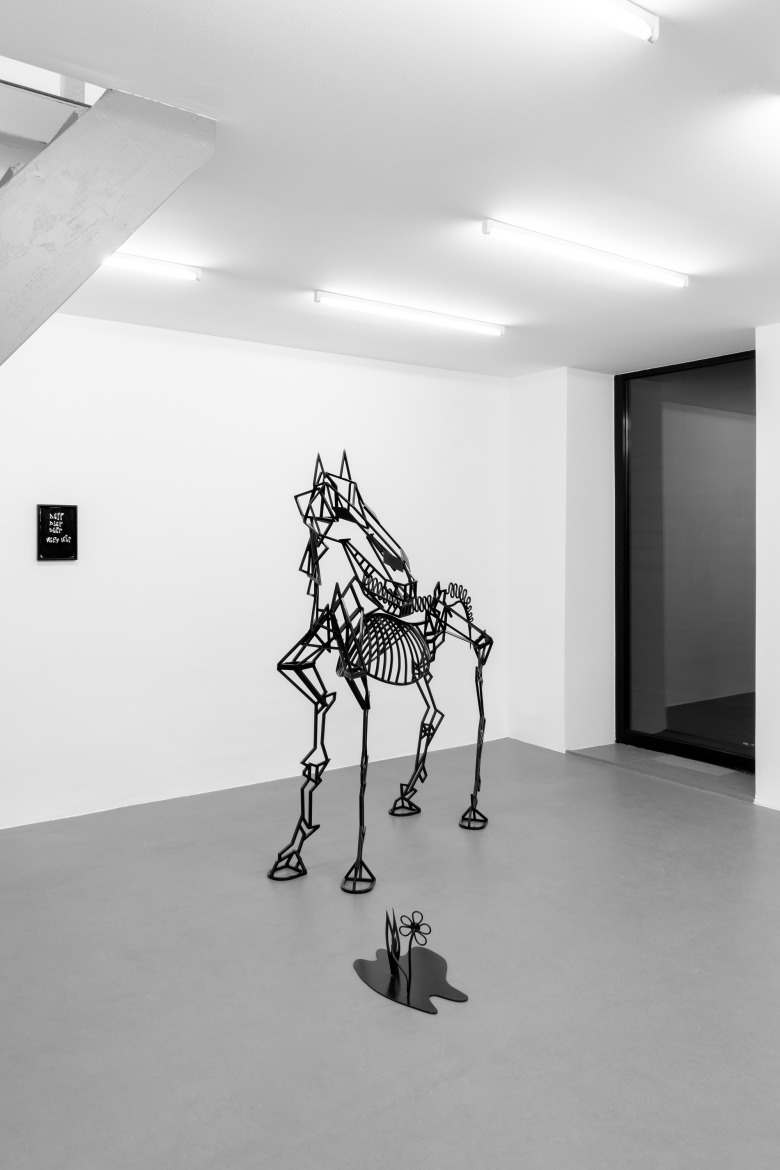
Julie Béna, Deep, deep, deep, very deep, Installation view, EXILE, 2025 <br>
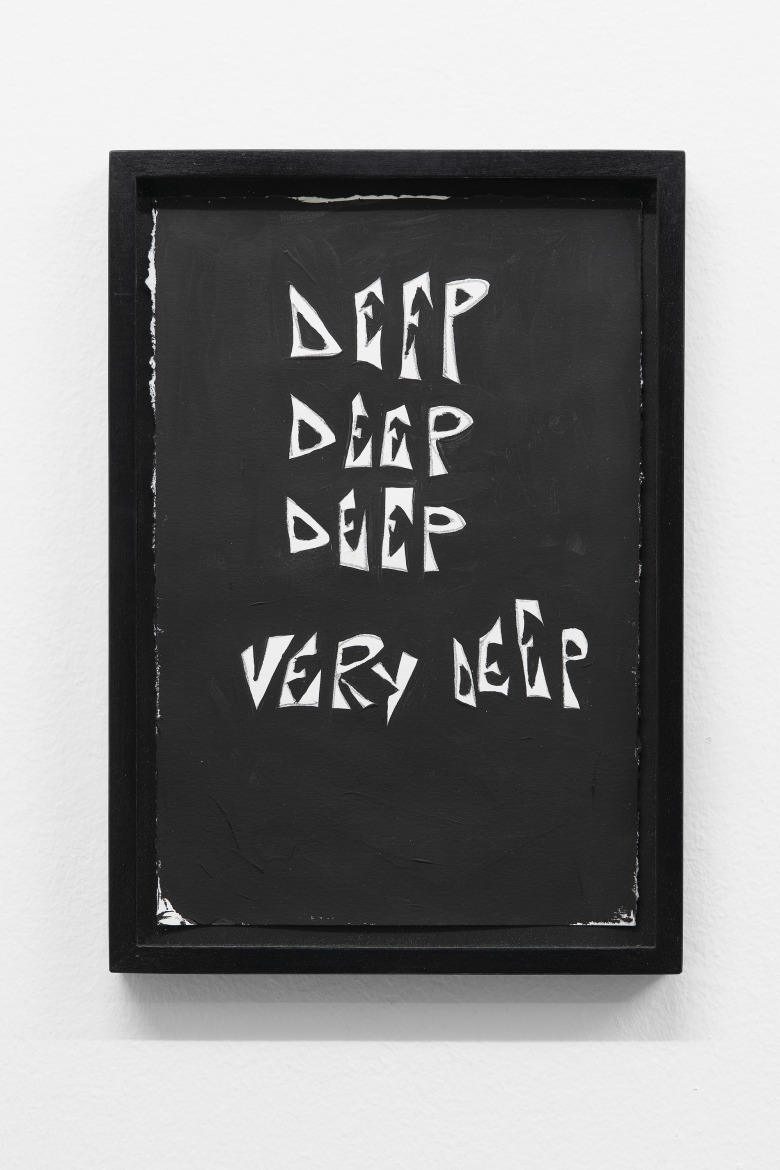
Julie Béna, Deep, deep, deep, very deep, 2025, charcoal and acrylics on paper, 25,5 x 17 cm

Julie Béna, Horse, 2021, powder-coated metal, 183 x 180 x 85 cm & Puddle (daisy), 2021, powder-coated metal, 28 x 42 x 32 cm

Julie Béna, Deep, deep, deep, very deep, Installation view, EXILE, 2025 <br>
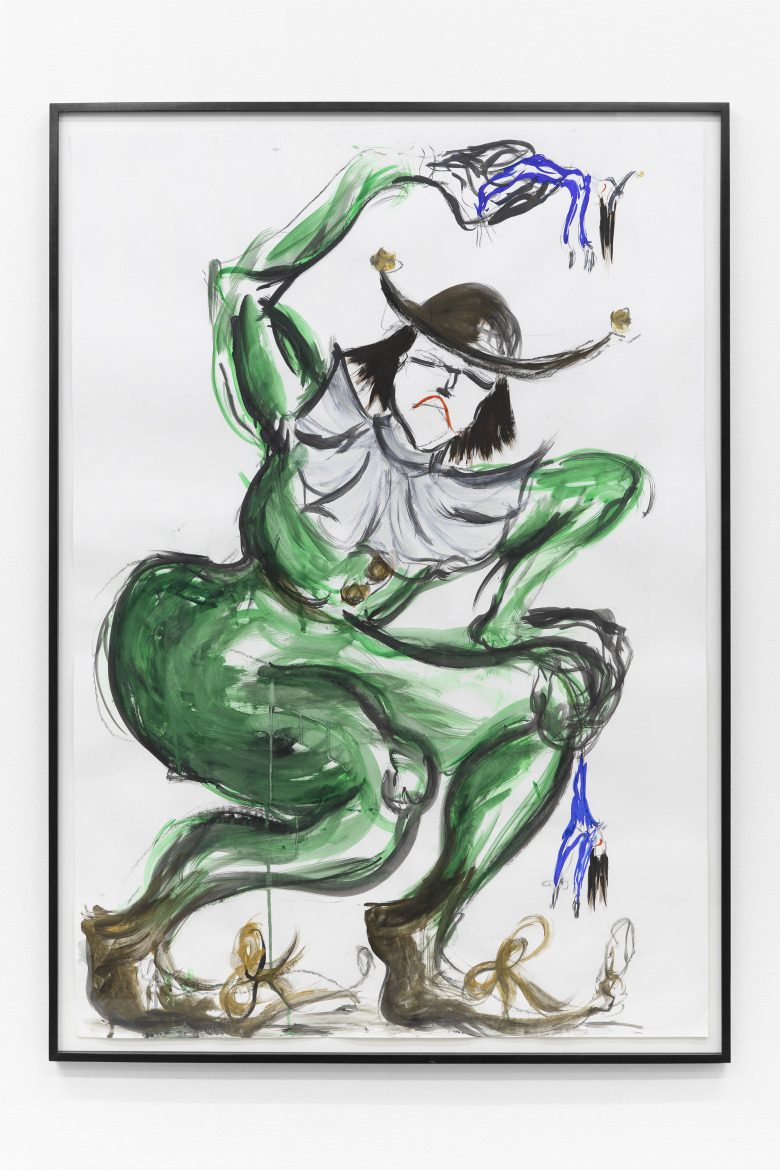
Julie Béna, Jester (ogre), 2024, charcoal, acrylics paper, 100 x 70 cm
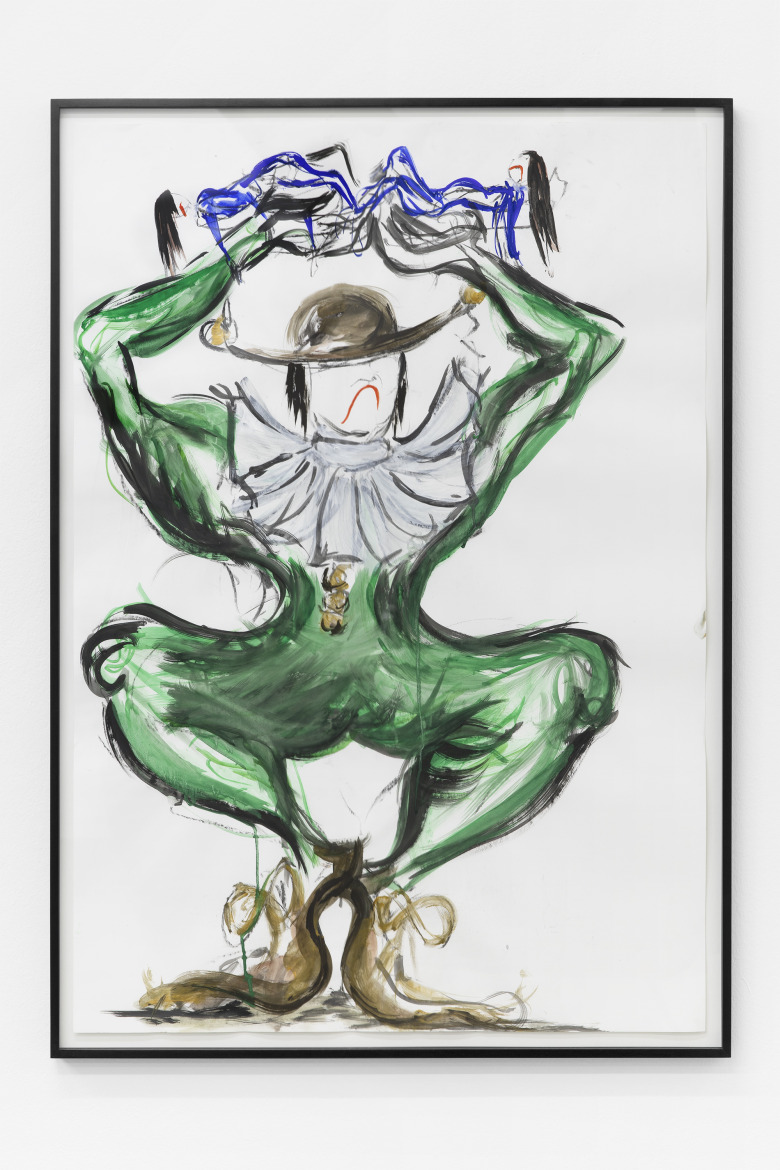
Julie Béna, Jester (ogre), 2024, charcoal, acrylics paper, 100 x 70 cm

Julie Béna, Deep, deep, deep, very deep, Installation view, EXILE, 2025

Julie Béna, Dancing Jester, 2025, charcoal and acrylics on paper, 50 x 32 cm
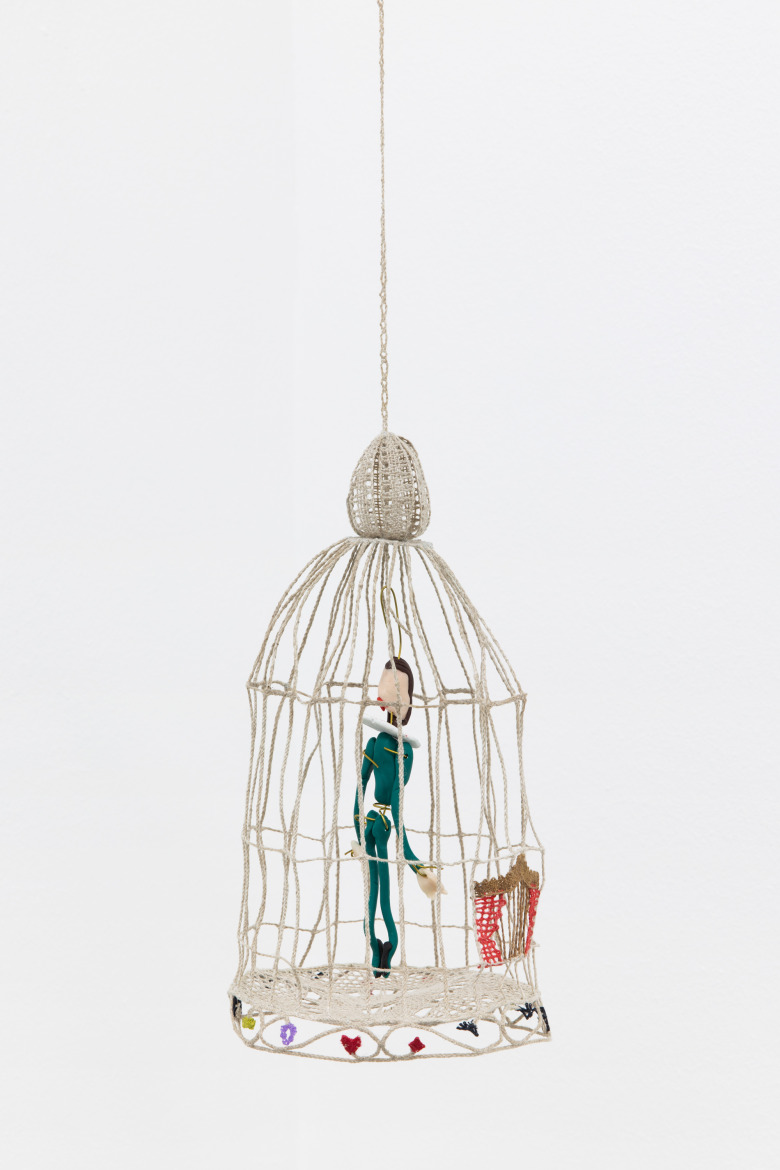
Julie Béna, Hanging Cage, 2021, handmade lacework, collared sewing threads, Fimo paste, metal wire, 24 x 15 x 25 cm
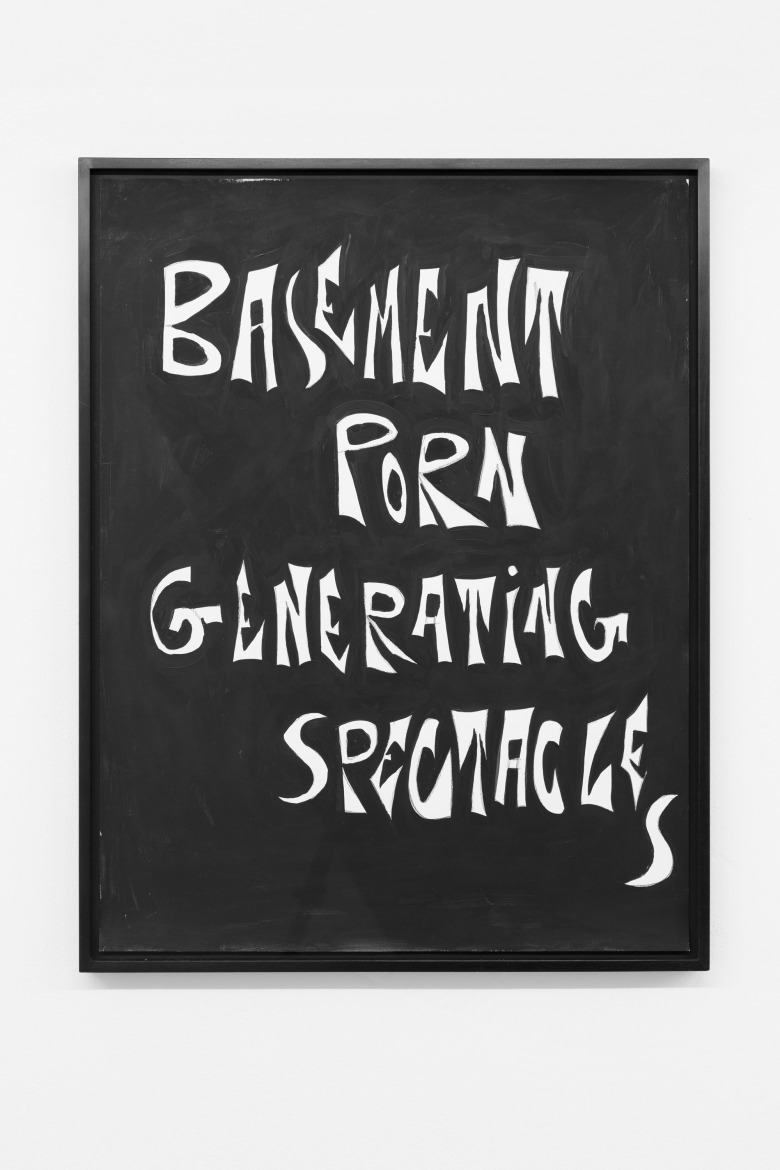
Julie Béna, Basement Porn, 2025, charcoal and acrylics on paper, 64,5 x 50 cm
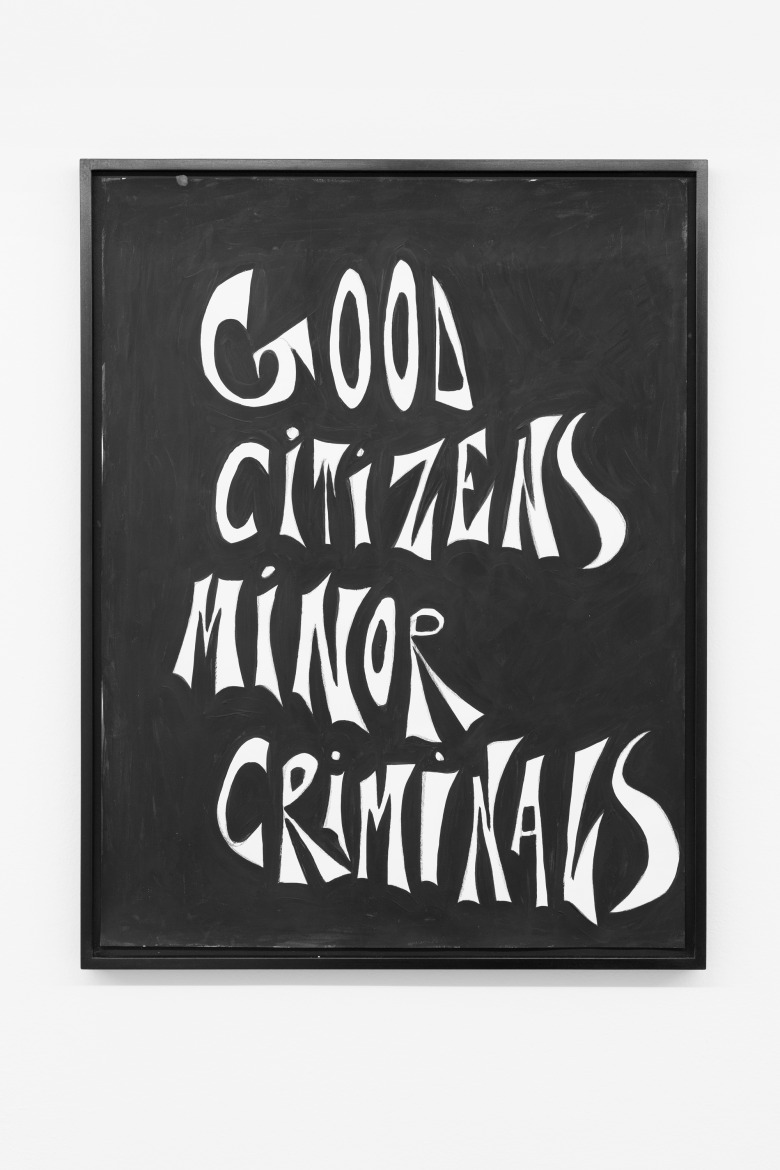
Julie Béna, Good Citizens, 2025, charcoal and acrylic paint on paper, 64,5 x 50 cm
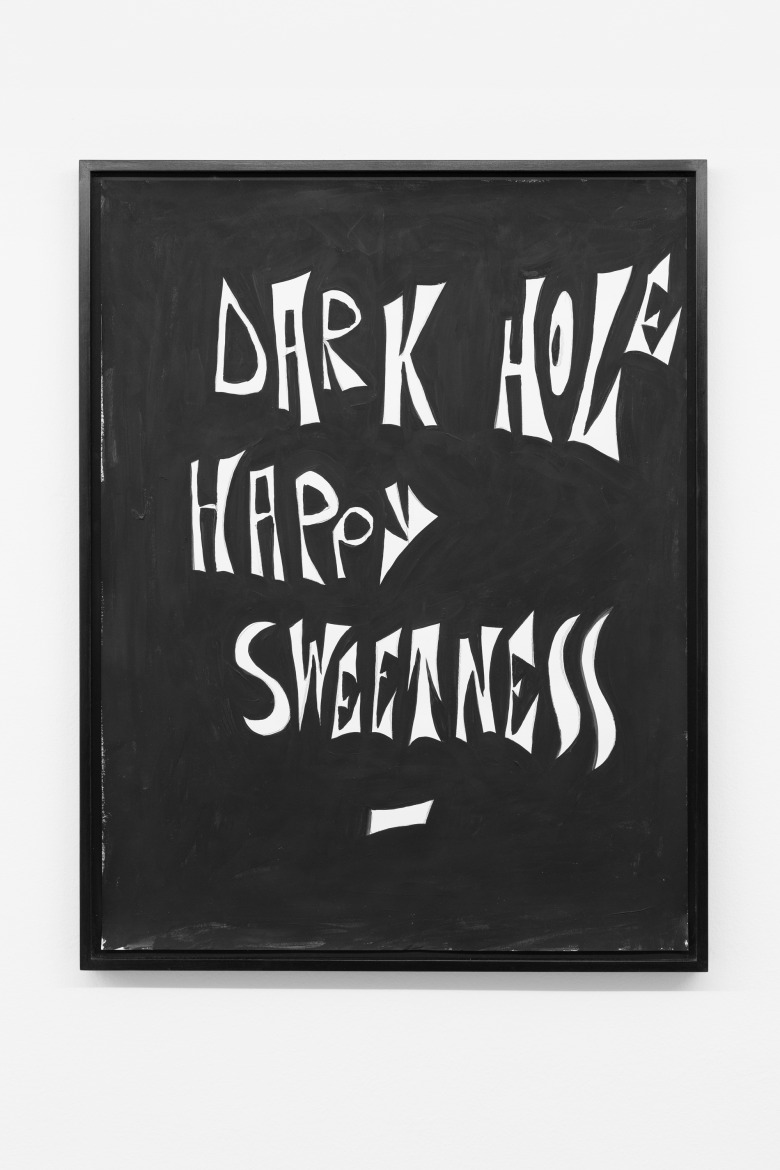
Julie Béna, Dark Hole, 2025, charcoal and acrylics paint on paper, 64,5 x 50 cm
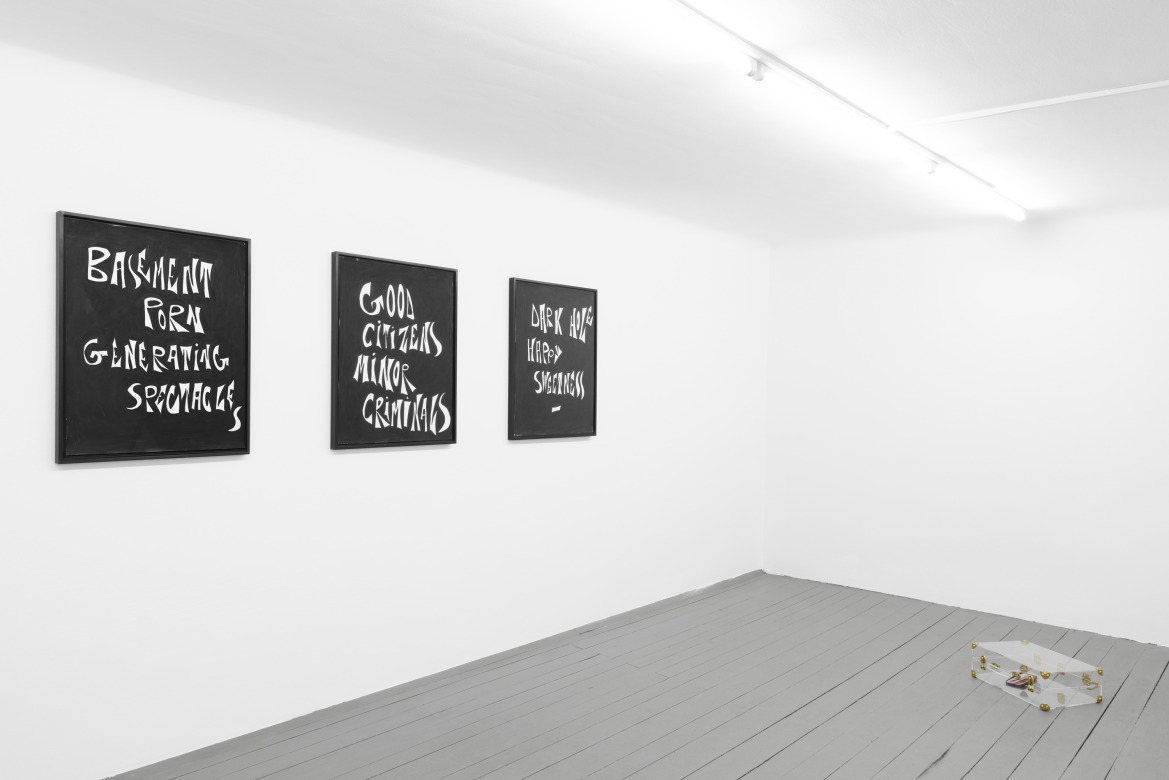
Julie Béna, Deep, deep, deep, very deep, Installation view, EXILE, 2025

Julie Béna, Jean (video still), 2024, video, 06:30 min
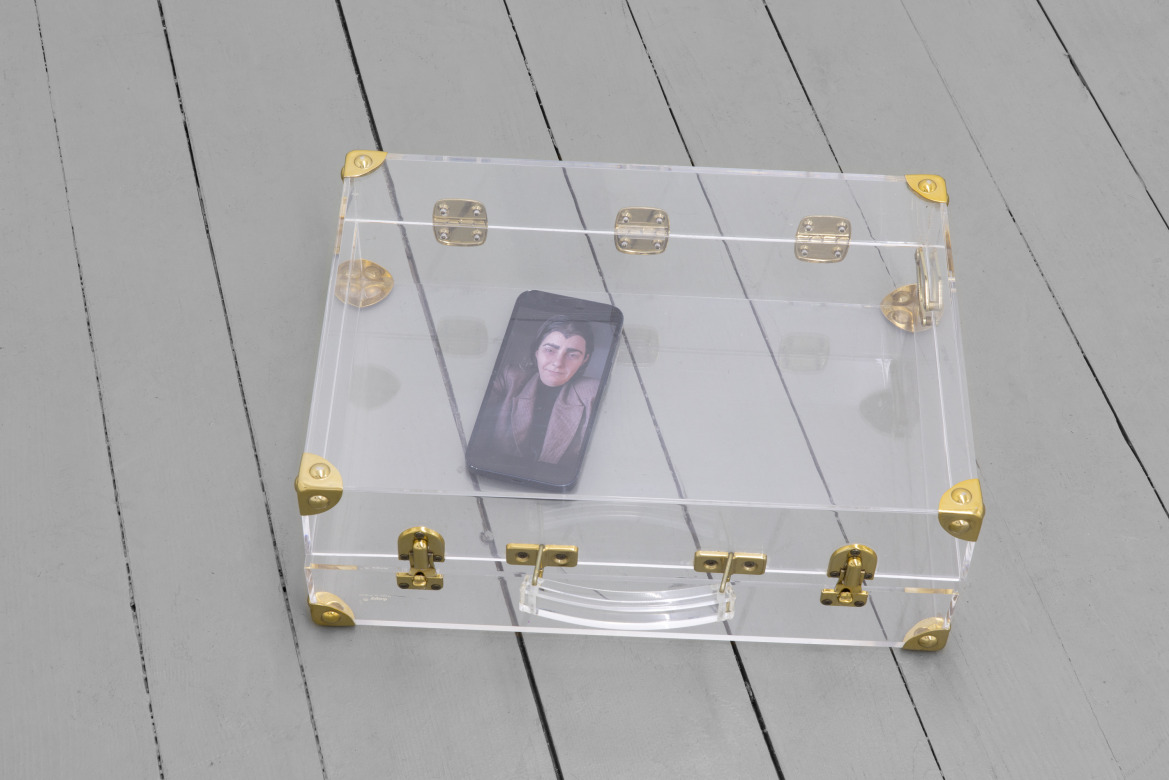
Julie Béna, Jean, 2024, video, 06:30 min in perspex suitcase
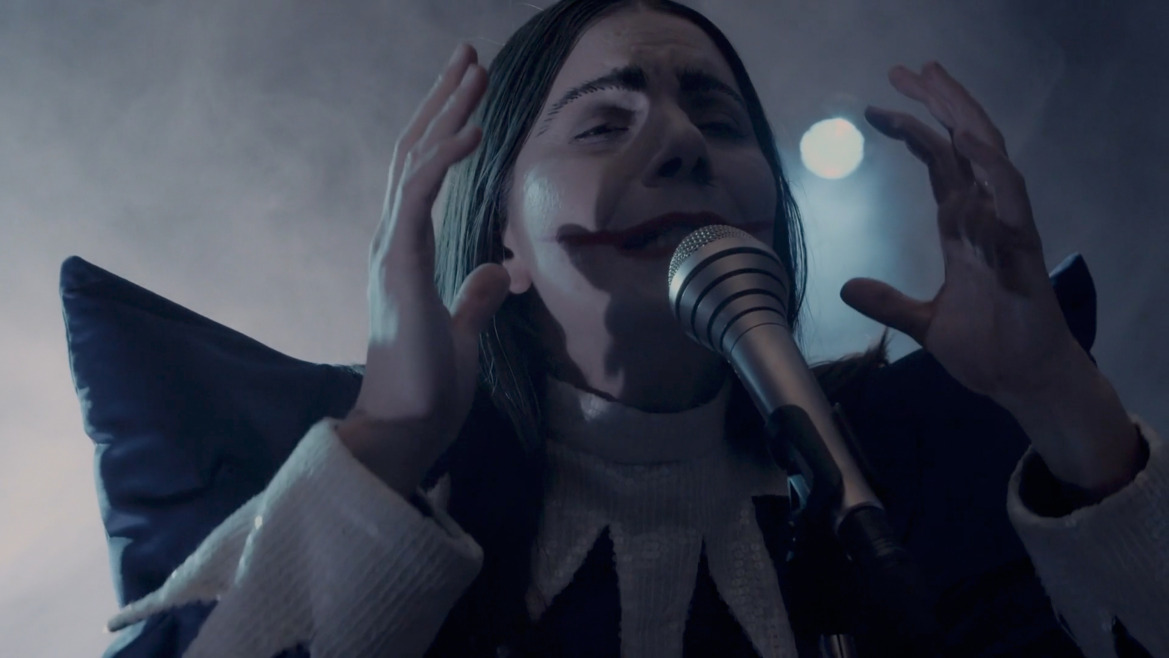
Julie Béna, Strakati (video still), 2022, digital video, 27:09 min (EXILE TV)
EXILE is happy to invite you to the first solo exhibition of Prague-based artist Julie Béna in Austria.
Welcome to the Uncanny Circus of Julie Béna.
They say some people are afraid of clowns.
Who can blame them?
The clown, after all, is not only an innocent fool — he is also the trickster who sells you a front-row ticket to the “Greatest Show on Earth,” only for you to find wonders that feel suspiciously close to everyday horrors. Beneath the greasepaint grin is a grafter, a shape-shifter, a character whose cheerfulness never quite manages to mask menace.
It is precisely this uncomfortable territory between comedy and dread that Julie Béna’s Deep, deep, deep, very deep so elegantly inhabits. The skeletal horse greets us at the entrance like a phantom from a bygone parade — a nod to power’s faded grandeur. Once a symbol of triumph, now reduced to bone and posture, it nonetheless retains a chilling grin, caught mid-performance, refusing to fully exit the ring. This horse is not only a relic but also a silent jester, complicit in the show’s uneasy allure.
If the horse is our ominous greeter, the drawings scattered through the space are its secret script. In strong lines, Béna sketches puppet-like figures caught in ambiguous exchanges — gestures hovering between affection and aggression, care and control. These characters seem to rehearse private dramas, perhaps preparing for a performance that will never begin. Like clowns behind the curtain, their exaggerated movements both parody and reveal. They remind us that the grotesque is not always loud; sometimes, it whispers through quiet gestures, through small bodies entangled in fraught choreographies of our everyday.
Béna’s words-based pieces, too, operate like cryptic signs at the circus gate, half-promises and half-warnings, they slip between poetry and accusation. Good citizens, minor criminals, People stopped dancing, Basement porn generating spectacles — these lines feel improvised, urgent, as if scrawled by a tired ringmaster moments before the crowd arrives. At first glance, they might seem playful or absurd, but linger longer, and they reveal a bleak wisdom about the social performances we all rehearse: obedience, rebellion, desire and disappointment.
And then we meet the jester. No longer the free, sharp-tongued mocker of kings, here the jester is confined — trapped in a lace cage, a paradoxical prison made of delicacy. Lace, a material of bourgeois refinement, is repurposed as a barrier. What ought to be ornamental becomes structural, even punitive. The jester gazes out, caught between roles: entertainer and captive, insider and outsider. He is the embodiment of clownophobia itself: the fear that behind the painted smile, there is something unsettlingly real.
Finally, we encounter Jean. Trapped in transparent luggage, Jean is both an alter ego and an apparition. He embodies the awkward, faded gestures of late-century masculinity, the stiff postures of men from old films and outdated social scripts. Jean is more than a personal ghost; he is the baggage of patriarchal codes, visibly packed and ready for endless transit. His presence is silent but weighty, carrying the weight of history in his absurd plexiglass suitcase.
Throughout Deep, deep, deep, very deep, humour does not lighten the atmosphere so much as it sharpens it. This is not escapist laughter, but the kind that emerges when reality becomes so uncomfortable it demands release. It is the laughter of the tightrope walker after a stumble, of the audience that winces while clapping. Julie Béna knows this tension well. Her dark humour is not decoration; it is a method of survival, a way to reclaim agency within a landscape shaped by exhaustion, class struggle, and inherited performance.
Like the circus itself, Béna’s exhibition inhabits the uneasy space between enchantment and disenchantment. Her characters keep moving, keep performing, even when the audience has thinned, even when the tent sags and the music fades. And perhaps this is the deepest, most unsettling truth of all: that the show goes on, not because it is grand, but because it must.
Text by Mirela Baciak
→les-nouveaux-riches.com/interview-julie-bena/































